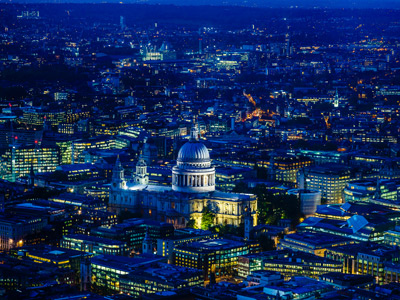
Urbanization
This Geography quiz is called 'Urbanization' and it has been written by teachers to help you if you are studying the subject at middle school. Playing educational quizzes is a fabulous way to learn if you are in the 6th, 7th or 8th grade - aged 11 to 14.
It costs only $12.50 per month to play this quiz and over 3,500 others that help you with your school work. You can subscribe on the page at Join Us
This quiz looks at some of the causes of urbanization ('push' and 'pull' factors), some of the problems associated with urbanization (such as transport and housing) and some of the methods used to tackle them (like congestion charges and brownfield development). In early prehistory humans began to specialize. Instead of each individual feeding their family, building their home and making their tools, people began making goods and trading them for food and other goods.
Ready for more?
not all...
quizzers. Try to win a coveted spot on our Hall of Fame Page.







